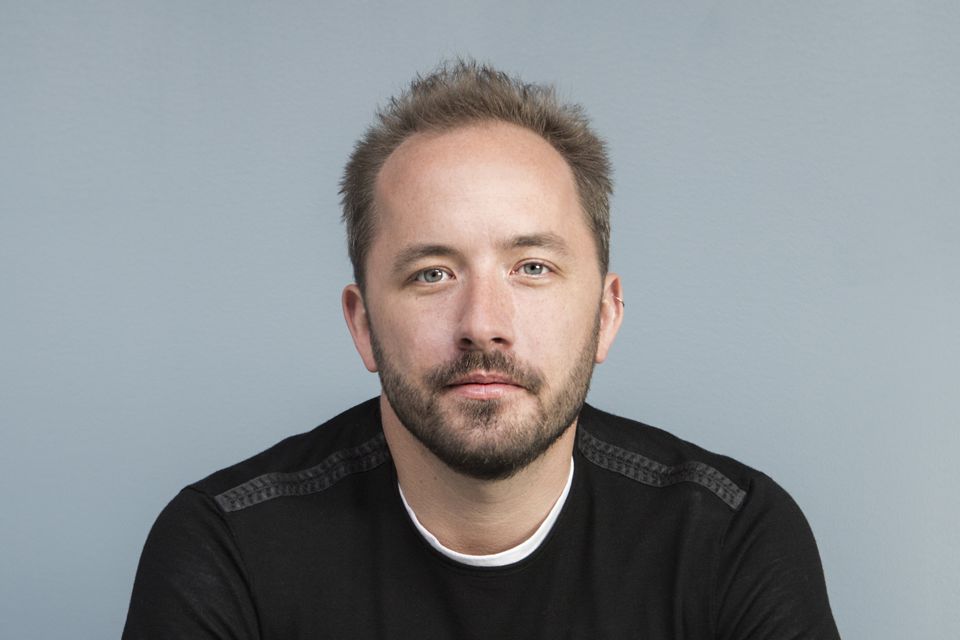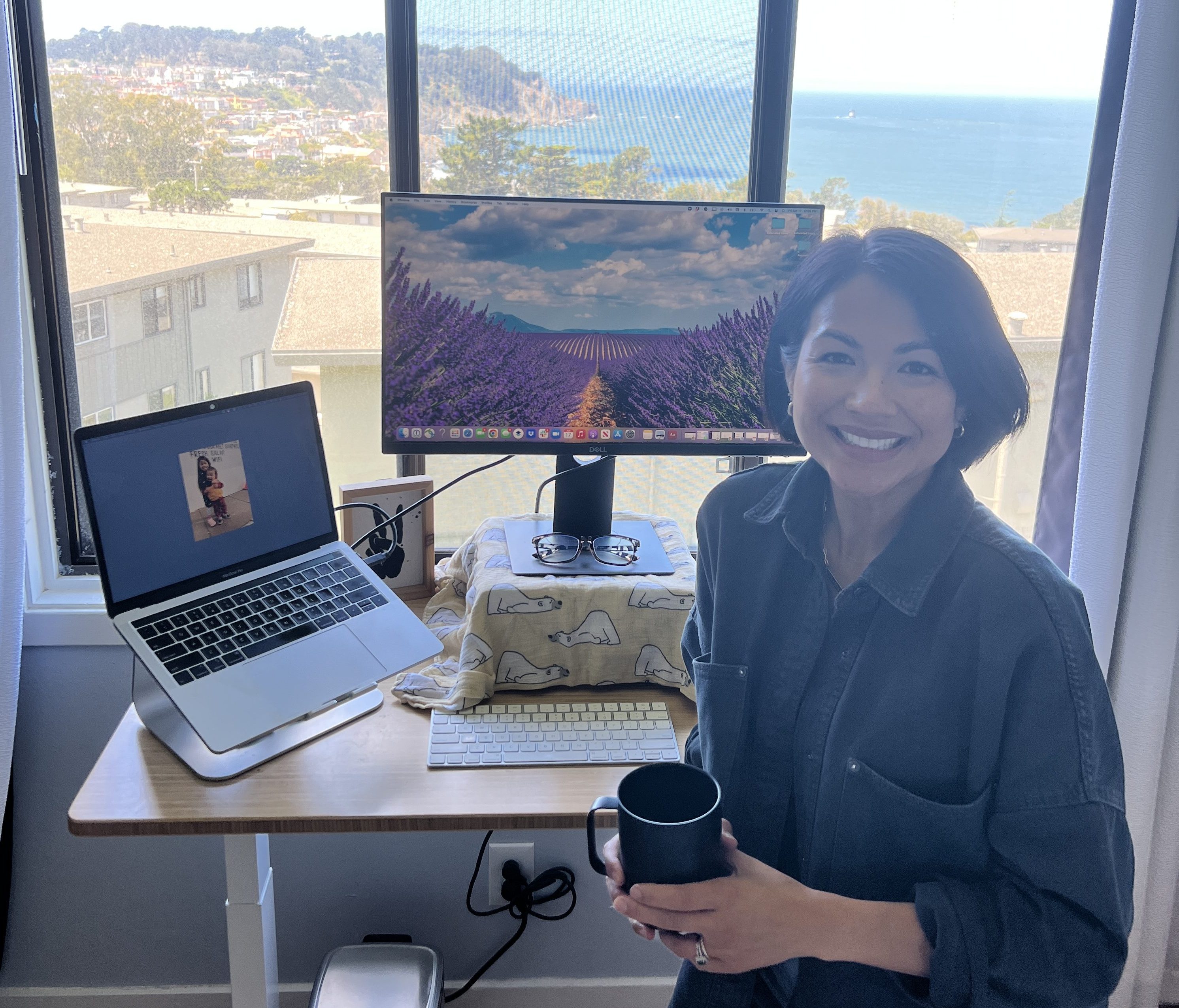When Dropbox employees showed up at the office before the pandemic, they felt pampered.
At the company’s San Francisco headquarters, an award-winning cafeteria served breakfast, lunch, and dinner with a daily selection of international cuisine at no cost to employees. There was a state-of-the-art gym with two Peloton bikes, a yoga studio, a meditation room, and an honest-to-gosh library with cushy chairs.
That was then. This is now: No gym. No yoga studio or meditation room. The extravagant cafeteria has been replaced by a coffee shop that offers free coffee, tea, pastries, and grab-and-go lunch items. The company eliminated individual desk space for employees and put the majority of its 700,000 square feet of downtown San Francisco office space up for sublease.
The most important change at Dropbox is this: the office is no longer the daily workplace for its nearly 2,700 employees. Under a new program dubbed Virtual First, launched in April 2021, Dropbox employees are expected to work virtually at least 90% of the time and only come into the office for occasional group gatherings in a space that has been specifically redesigned for group brainstorming sessions, special educational meetings, and fun activities like happy hours.
“This is a very important dot on the timeline of the shifting nature of work,” Drew Houston, CEO of Dropbox, tells TIME. “We’ve always believed that companies that give flexibility will outperform, out-attract, and out-retain the companies that don’t.”

Working virtually isn’t just an option. At Dropbox, the cloud-computing company’s leadership says, it’s the way forward. That means most Dropbox employees who want to live well outside the high-priced San Francisco Bay Area can relocate— and keep their jobs. Each employee is qualified to receive an annual $7,000 work-at-home stipend to cover anything from childcare to gym membership to a spiffy new ergonomic desk and chair. And it means that all gatherings must meet a set of specific criteria before they are scheduled. On top of that, employees are granted about half of each workday to focus on their own Dropbox work projects, or even on their own personal needs, such as a doctor’s appointment for a child.
Amid a post-pandemic wake-up call for all employers, Dropbox has altered the notion that an employer-maintained workspace is the primary place where work needs to be done. But it came at a steep price at Dropbox, which, in January, 2021, also announced an 11% cut to its global workforce. Houston calls it his toughest-ever decision as CEO.
An array of companies—many of them in the tech industry—are also adopting virtual or hybrid work plans including Apple, Microsoft, Spotify, Slack, and LinkedIn. Nearly half of the nation’s tech workers—48%—are now working remotely full-time compared to 22% before the onset of the pandemic, according to a survey by research company Morning Consult. Of those, some 56% have no interest in going back to the office.
“The pandemic really hit a reset button on worker preferences for location,” says Joanna Piacenza, head of industry intelligence at Morning Consult. “In an employee-driven market, employers need to listen to them.”
Read more: How to Ask Your Employer if You Can Work Remotely Permanently
Outside the tech industry, there’s less interest among workers in working remotely—but that number is growing, too. In the midst of the pandemic in 2020, only 12% of the general workforce said it wanted to work from home full-time, according to a survey by Gensler, the global design firm. That number, however, has since jumped to 30% in a survey the firm did at the end of 2021.
“Each company and each worker needs to think about what’s right for them,” says Todd Heiser, principal and manager director at Gensler. Currently, most U.S. employers are in a hybrid mode, asking employees to be in the office three days weekly—or about 60% of the time, according to a Gensler survey.
The unwritten rule that once required butts firmly placed in office chairs is out the window. The new rule might feel, taste, and smell to most employees as if there are no rules. That’s forced companies like Dropbox to create some new basic guidelines. In-person interaction, which Houston considers critical, will now be only occasional and take place in the newly designed Dropbox Studios, a state-of-the-art gathering place. Houston also plans to develop more opportunities for offsite meetings.
“We’re trying to get the best of both worlds,” says Houston. “We’re giving our teams the flexibility to work from anywhere without being tied to the office.”
Some things about the new virtual office at Dropbox required extra planning—like how to make certain that teams can regularly communicate with each other at the same time every day. That’s why Dropbox developed “core collaboration hours” which requires members of each team to be at their computers—and available to communicate with all other team members—for a four-hour block each day. (That’s typically 9 a.m. to 1 p.m. Pacific time and 12 p.m. to 4 p.m. Eastern time.). That’s also when virtual group meetings are held. The other four hours are for working on personal projects or sometimes attending to personal needs.
Virtual work also requires inventive ways to encourage employees to meet up in person—particularly to meet other Dropbox employees who aren’t even on their teams. So the company created Dropbox Neighborhood which gives workers positive incentives to gather. In late spring, for example, when CEO Houston was visiting New York, he hosted a Happy Hour for New York City employees on the rooftop deck of a chi-chi New York City restaurant where more than 100 employees gathered—many meeting each other for the first time.
So far, most employees seem to be happy with the change—even if it means losing all the free food and yoga lessons. A whopping 88% of Dropbox employees said they preferred the flexibility to work remotely, according to a 2020 employee survey. A recent survey in the second quarter of 2022 found that more than three in four employees feel like they have more work-life balance under Virtual First, and 78% said they’re more productive working virtually. What many Dropbox employees seem to like best about Virtual First isn’t just that they rarely have to show up at the office anymore, but that they now can live anywhere they want.
Beauty Nazzaro, a producer on the Dropbox brand studio team, says it’s almost impossible for her to imagine working full-time from the office again. Thanks to the new virtual policy, she recently moved from San Francisco to San Rafael, Calif., the county seat of Marin County, where she and her husband purchased a larger home to accommodate their growing family without the stress of a daily commute. (They have daughters, ages 5 and 2.)

On Tuesdays, Nazzaro typically signs off at 4:30 to take her oldest daughter, Naya, to ballet class. That’s tough to do from the office. She recently used the company’s Virtual First financial perk to purchase a new stand-up desk and some lavender diffusers to create a calm area around her new desk. That would have been tough to pull off in the office, too. And she really likes the monthly “wellness” days that are part of the new virtual policy, when the whole company closes on either one Monday or one Friday each month.
But she does miss some things about going to work, such as the Wednesday afternoon breaks Dropbox workers would typically take together to enjoy freshly-baked cookies and take time to chill out. “I get energy connecting with people and that’s harder in a virtual environment.”
Instilling employee loyalty
Dropbox’s changes have perhaps no bigger fan than Melanie Collins, the company’s chief people officer, who only recently returned from maternity leave. Thanks to the new policy, Collins, her husband and their new baby moved from San Francisco to a more affordable home in Rye, N.Y., where she could live close to her family. Never mind that she’s currently the only C-suite executive at Dropbox who lives outside of California. “I’ve never felt more loyal to a company in my life,” she says.
In the past, Dropbox only helped pay for employee moves when the company specifically asked the employee to relocate. That rule is out the window. Now, employees can choose to move to wherever they want and Dropbox will typically help defray at least some moving costs, depending on the costs of living in the area you’re moving to, says Collins.
Perhaps that’s why Dropbox now has almost double the applicants per job post than it had before Virtual First. It could also explain why the job offer acceptance rate at Dropbox is up 126% vs. before Virtual First. Some 90% of job candidates say Virtual First is what attracted them to Dropbox, says Collins.
“Dropbox has changed my life,” says Collins. “It’s allowed me to relocate close to my family and to have an executive job not tied to where the company headquarters is located.”
Who needs free lunches, fancy gyms, and yoga studios? Turns out what most employees really want—at least at Dropbox—is the freedom to live and work where and when they want. Even if some still do miss those fresh-baked cookie Wednesdays.
Correction, Aug. 11
The original version of this story stated that Melanie Collins is the only senior executive at Dropbox who lives outside of California. She is the only C-suite executive who does.
- Why Trump’s Message Worked on Latino Men
- What Trump’s Win Could Mean for Housing
- The 100 Must-Read Books of 2024
- Sleep Doctors Share the 1 Tip That’s Changed Their Lives
- Column: Let’s Bring Back Romance
- What It’s Like to Have Long COVID As a Kid
- FX’s Say Nothing Is the Must-Watch Political Thriller of 2024
- Merle Bombardieri Is Helping People Make the Baby Decision